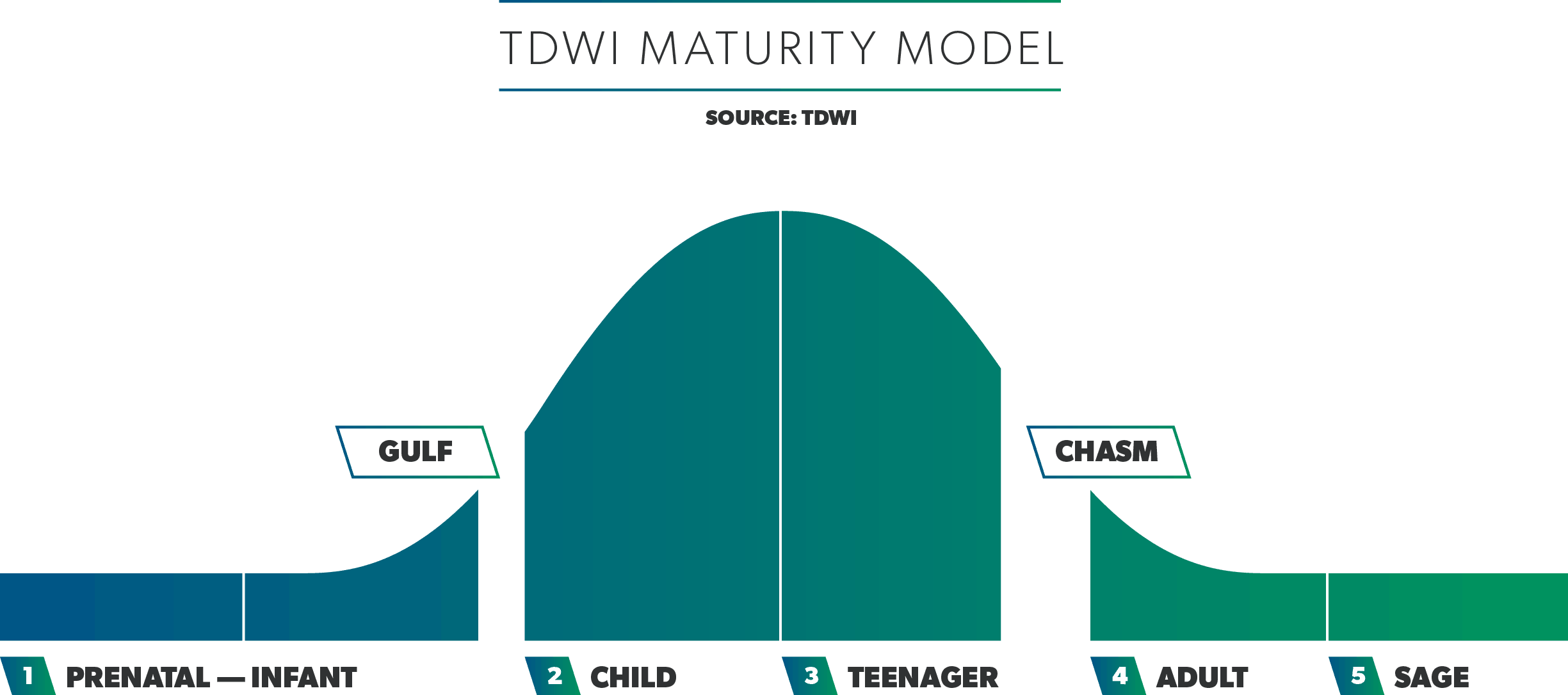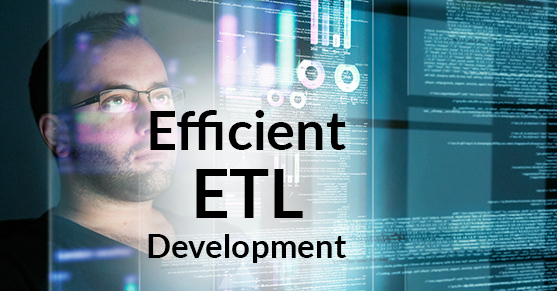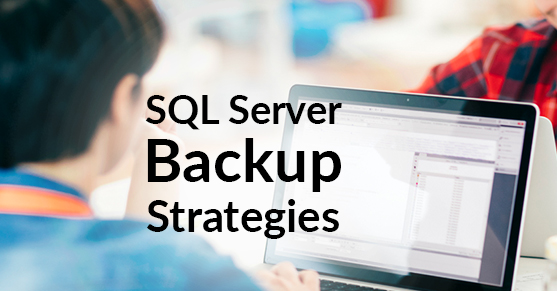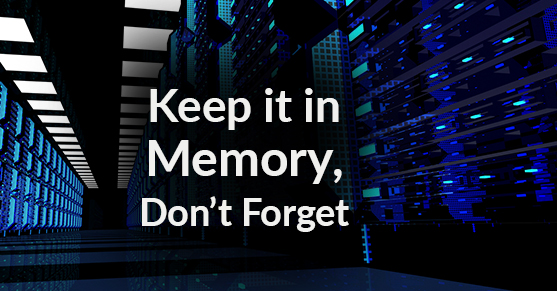Business Intelligence &
Data Warehousing Services
Your company may have built a business intelligence/data warehousing solution, or implemented a BI tool several years ago—but its performance is declining. Report running and data loading may be slow, or you may be experiencing breakdowns or crashes. Sound familiar?
An XTIVIA BI Assessment will focus on the following areas:
- Strategic Alignment: Are you capturing BI in and around areas that directly influence the way you do business? If not, the lack of alignment may result in an unnecessary waste of resources and/or declining success over time.
- Information Use + Analysis: How ready is your organization to use analytical frameworks and quantitative analysis as a means to improve business performance?
- BI Portfolio Management: Do you have or effectively use BI Portfolio Management to manage ROI on BI initiatives?
- Technical Readiness: How ready is your organization from a technical perspective?
The XTIVIA Approach
Using a small team of BI experts, XTIVIA will:
- Review existing documentation and interview key stakeholders
- Assess systems/processes to determine the cause(s) of the issue(s)
- Review your company’s business and technical requirements
- Assess your business, IT and project team resources and skills
- Review existing data, information, technology and product architectures
- Recommend necessary steps to improve your company’s BI environment
XTIVIA’s BI Assessment projects typically require 1–4 senior-level resources for 2–8 weeks, depending on the size, scope and complexity of your company’s situation. Deliverables include:
- Recommendations to fix the problem
- A roadmap to guide you to success
- Cost estimates for implementation
- Proposal to implement the solution

Not sure where your organization falls on the spectrum of BI “maturity?” TDWI defines a company’s usage of business intelligence in the following terms:
-
- Prenatal: Have implemented production reporting
- Infant: Consume BI mostly via spreadsheets or spreadmarts
- Child: Have built and regularly use subject-matter data marts
- Teenager: Have implemented data warehouses without enterprise-wide scope
- Adult: Have implemented data warehouses with enterprise-wide scope
- Sage: Have implemented enterprise-wide DW with analytical services
Ready to get started? Contact us today!
You have a BI system in place—but reports are difficult to produce, take a lot of manual effort, contain questionable accuracy and can’t be produced in a timely manner. It’s difficult and time-consuming to get information, and users may be unsure where to go for the data they need. Your enterprise recognizes the need to more effectively manage information.
Using a small team of BI experts, XTIVIA will review existing documentation, interview key stakeholders, assess existing systems and processes and prioritize business strategies and needs. Then, using this information, we will design a BI solution to meet the unique needs of your enterprise—including a roadmap to guide you to your recommended solution.
Assessment and roadmap development projects typically require 1–4 senior-level resources for 2–8 weeks, depending on the size, scope, and complexity of your situation. Deliverables include:
- Target business intelligence architecture
- Roadmap to guide you to success
- Cost estimates for implementation
- Personnel recommendations
- Proposal to implement the solution
1. PLAN
2. ORGANIZE
3. ASSESS
Your company knows exactly what kind of BI or DW solution you need to build and implement, but you simply don’t have the in-house expertise or bandwidth to get it done.
XTIVIA will use a complete team of BI professionals to fully design, build, and implement your BI or DW solution. Our project teams will cover the following roles:
- Project Manager
- BI Solution Architect
- Data Architect
- Data Modeler
- ETL Developers
- Report Developers
- Development DBA
- Product Testers
Depending on the size of the project, each team member may fill more than one role; alternatively, it may take several people to fill one role. We provide our own proven development methodology and work closely with you through full implementation.
Development projects typically require 4–10 personnel resources with appropriate skill sets for 3–12 months, depending on the size, scope, and complexity of the solution. Deliverables include:
- A production-ready BI or DW solution
- Detailed system documentation
- Training for support personnel
- Training for company employees
- Change management support

Your company has talented people, but they haven’t been exposed to BI. You believe that with the right training, your in-house team can manage your Business Intelligence.
We have a large selection of BI- and DW-related topics that we teach to our clients on a regular basis. We also have certified instructors who teach at TDWI. XTIVIA provides on-site training session from half-day to several days, depending on your company’s needs.
All XTIVIA teaching engagements include a subject-matter expert coming to your location to provide training for the agreed-upon time period. You will be charged a flat fee that covers class preparation, materials, and on-site instruction.

XTIVIA CORPORATE OFFICE
304 South 8th Street, Suite 201
Colorado Springs, CO 80905 USA
Additional offices in New York, New Jersey,
Missouri, Texas, Virginia, and Hyderabad, India.
USA toll free: 888-685-3101, ext. 2
International: +1 719-685-3100, ext. 2
Fax: +1 719-685-3400
Complete the form to hear from us.
XTIVIA needs the contact information you provide to us to contact you about our products and services. You may unsubscribe from these communications at anytime, read our Privacy Policy here.












